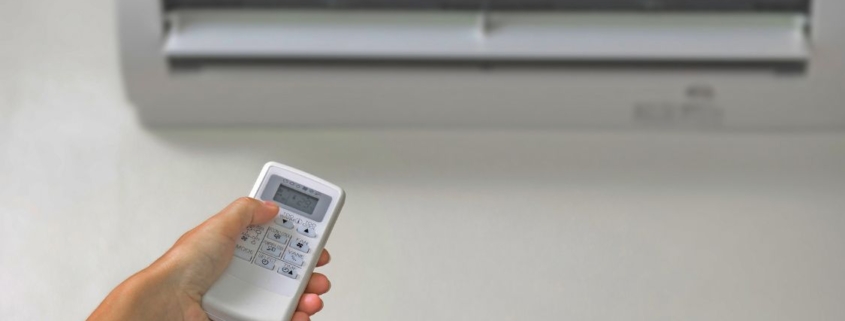What is Dry Mode on AC
Air conditioners have several operating modes to provide comfort and efficiency. One of the common features on modern AC units is Dry Mode. Understanding this mode helps in maintaining indoor air quality, controlling humidity, and optimizing energy use.
Understanding Dry Mode
Dry Mode is a function that reduces humidity in the room without significantly lowering the temperature. It works by running the compressor and fan at lower speeds. The AC draws air over the evaporator coil, where moisture condenses into water and is drained outside. The cooled air is then circulated back into the room, but the temperature drop is minimal compared to standard cooling mode.
This mode is particularly useful in areas with high humidity, as it improves comfort without making the room too cold. In climates where the air feels sticky and damp, Dry Mode removes excess moisture, creating a more comfortable environment.
How Dry Mode Works
When Dry Mode is activated, the AC compressor cycles intermittently. This reduces energy consumption compared to full cooling mode. The fan speed is often slower, allowing more air contact with the evaporator coil, which enhances moisture removal. The condensed water is collected in the drain pan and directed outside through the drain pipe.
Unlike cooling mode, Dry Mode does not aim to maintain a specific temperature. Instead, it focuses on reducing the relative humidity level. Typical AC units in Dry Mode can reduce indoor humidity by 10–20%, depending on the room size and environmental conditions.
Benefits of Using Dry Mode
Using Dry Mode has several advantages. First, it improves indoor comfort in humid conditions without overcooling the room. Second, it helps prevent mold and mildew growth by reducing moisture accumulation on walls, ceilings, and furniture. Third, energy consumption is usually lower than full cooling mode, as the compressor works intermittently and fan speed is reduced.
Dry Mode is also beneficial for electronic equipment and wooden furniture, which can be sensitive to high humidity. Maintaining moderate humidity protects these items from damage caused by moisture.
When to Use Dry Mode
Dry Mode is ideal in rainy or humid seasons, or in regions with high atmospheric moisture. It is useful in rooms where occupants feel uncomfortable due to damp air, even if the temperature is moderate. However, it is not suitable for very hot conditions where significant cooling is needed. For maximum cooling, regular cooling mode should be used instead.
FAQ
Does Dry Mode cool the room?
Yes, but only slightly. The primary function is to remove humidity rather than lower temperature.
Is Dry Mode energy-efficient?
Yes. The compressor and fan run at lower speeds, which reduces electricity consumption compared to full cooling mode.
Can Dry Mode prevent mold growth?
It helps by reducing humidity, which is a key factor in mold and mildew development.
Is Dry Mode suitable for very hot climates?
No. In extreme heat, Dry Mode alone may not provide enough cooling, so standard cooling mode is recommended.
How long should Dry Mode run?
The duration depends on indoor humidity and room size. Running for 1–3 hours often significantly reduces dampness.
Conclusion
Dry Mode on an AC unit is designed to reduce indoor humidity while minimally affecting temperature. It enhances comfort in humid conditions, protects furniture and electronics, and consumes less energy compared to standard cooling. Understanding when and how to use Dry Mode helps maintain a healthy indoor environment, prevents mold growth, and ensures energy-efficient operation of the air conditioner.




